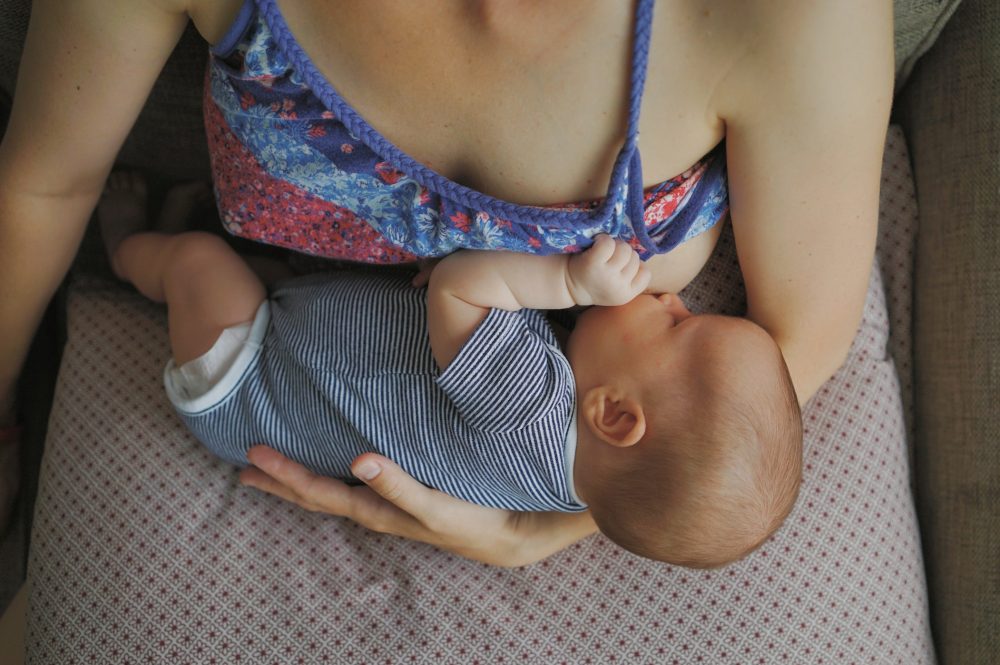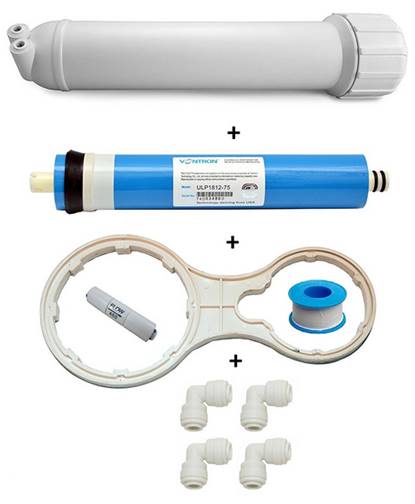Natural pain relief for birth
Non-medical pain relief during labour
beginning of content3-minute read
Listen
There are many ways to reduce pain in labour without medicines. Each method has advantages and disadvantages. Choose one or more that suit you.
Active birth
Staying active is one of the most helpful things you can do to manage the pain of labour and birth. Moving freely and rocking your pelvis can help you to cope with the contractions.
Massage and heat
Massage and hot packs can ease your pain in labour. Massage helps distract you from the pain. Heat packs can help your body release its natural painkillers — endorphins.
Water immersion
Most hospitals and birthing centres will have facilities that allow you to have a bath or shower during the first stage of labour.
Many women find that being in a warm bath is relaxing and helps them to cope with the contractions. You might also find having a shower can help with any back pain you might be experiencing.
Having a bath or shower to ease pain during labour is not the same as having a water birth. Not all hospitals are equipped for water birth. Your midwife and doctor need to be specially trained and they need to be able to get you out quickly if there is a problem with the birth. Check with your hospital well in advance to see if this option is available to you.
Relaxation
You can use different relaxation techniques to ease pain. Some people like music, some like meditation, some like incense. Generally, relaxation techniques help ease pain in labour. Just check that the hospital or birth centre can cope with your plans.
Aromatherapy
Essential oils are used with massage or heated over a burner. There is no evidence aromatherapy provides pain relief, but some women find it pleasant. If you're thinking of using aromatherapy, check that your hospital or birth centre allow it.
If you're thinking of using aromatherapy, check that your hospital or birth centre allow it.
Acupuncture
Acupuncture can reduce pain in labour and reduce the need to use forceps. It is not clear how it works. There are no known side effects of acupuncture for mother or baby.
Only a trained person should perform acupuncture. Not all hospitals have an acupuncture therapist on staff. You may need to discuss arranging your own practitioner.
TENS
A TENS machine uses two electrodes stuck to your skin. They are usually attached to your lower back. The machine sends a small electric current through your body. It is generally safe for mother and baby.
While there is no harm is using a TENS machine, there is not a lot of evidence to show TENS works to reduce pain, but some women find it helpful.
A TENS machine is not suitable for everyone. People with a pacemaker should not use one, and the use of TENS before 37 weeks’ gestation should be avoided.
They can't be used in the shower or in water. Not all hospitals or birth centres have them.
Not all hospitals or birth centres have them.
Sterile water injections
Sterile water with no medicine in it can be injected under the skin of your lower back to deal with lower back pain.
It may sting but there are no side effects for you or your baby.
Some women have found these injections helpful. It is not clear how they work, or whether they work very often. You may still need other pain relief.
Sources:
Royal Australian College of Obstetricians and Gynaecologists (Pain relief in labour and childbirth), Cochrane (Pain management for women in labour – an overview), King Edward Memorial Hospital Obstetrics & Gynaecology (Clinical practice guideline, Pain management), The Royal Women’s Hospital (Managing pain in labour), The Royal Women’s Hospital (Active birth), The Royal Women’s Hospital (Water birth at the Women’s)Learn more here about the development and quality assurance of healthdirect content.
Last reviewed: January 2020
Back To Top
Related pages
- Epidural
- TENS (Transcutaneous electrical nerve stimulation)
- Gas (Entonox)
- Pain relief during labour
- Making a birth plan
- Giving birth - stages of labour
This information is for your general information and use only and is not intended to be used as medical advice and should not be used to diagnose, treat, cure or prevent any medical condition, nor should it be used for therapeutic purposes.
The information is not a substitute for independent professional advice and should not be used as an alternative to professional health care. If you have a particular medical problem, please consult a healthcare professional.
Except as permitted under the Copyright Act 1968, this publication or any part of it may not be reproduced, altered, adapted, stored and/or distributed in any form or by any means without the prior written permission of Healthdirect Australia.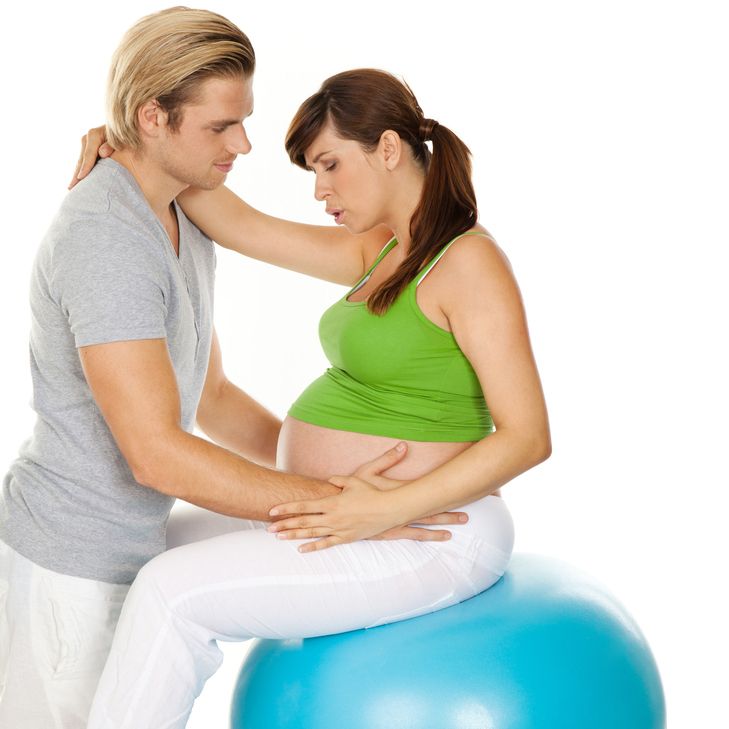
Support this browser is being discontinued for Pregnancy, Birth and Baby
Support for this browser is being discontinued for this site
- Internet Explorer 11 and lower
We currently support Microsoft Edge, Chrome, Firefox and Safari. For more information, please visit the links below:
- Chrome by Google
- Firefox by Mozilla
- Microsoft Edge
- Safari by Apple
You are welcome to continue browsing this site with this browser. Some features, tools or interaction may not work correctly.
Natural Pain Management Techniques for Childbirth
We have all heard the stories about how incredibly painful it is to give birth, but that hasn’t stopped a large number of women in recent years from deciding on a more holistic approach to the process.
At Dedicated to Women ObGyn, we fully support a patient’s decision to do what is right for their body.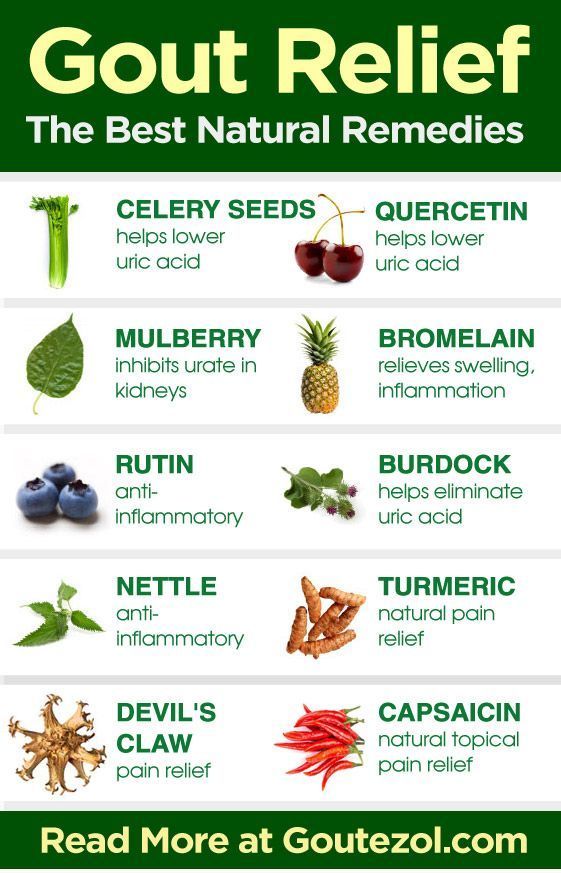 We also want to provide as much education and information about these methods, and when they may no longer be a safe option to pursue. No matter what you decide, our OBGYN providers are here to help educate all expecting mothers about their options when it comes to pain management during childbirth.
We also want to provide as much education and information about these methods, and when they may no longer be a safe option to pursue. No matter what you decide, our OBGYN providers are here to help educate all expecting mothers about their options when it comes to pain management during childbirth.
Natural Labor Pain Relief Techniques
For women looking to achieve a completely natural labor and delivery, there are several options when it comes to effective pain relief. These techniques are best for those who are able to safely complete a natural birth without a high risk for potential health complications of mom and/or baby.
Stay Active
Many moms can find it difficult to lie in a hospital bed as soon as their labor starts all the way until their child is born. Getting up to walk around the room can help to not only distract from painful contractions, but can also assist during the delivery by letting gravity take its natural effect on the baby and pull it gently downward.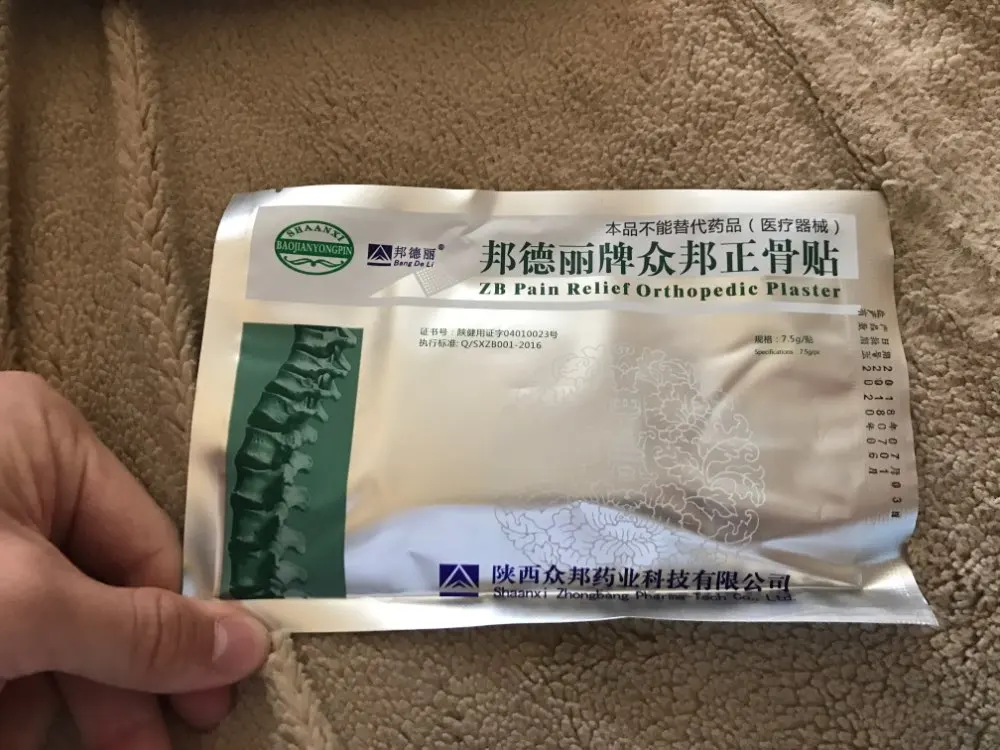 Utilization of a birthing ball, rocking chair, or other strategic positioning can also be encouraging for the birthing process.
Utilization of a birthing ball, rocking chair, or other strategic positioning can also be encouraging for the birthing process.
Breathing Exercises
This particular tip may seem rather minor, but it can have a huge impact on the relaxation of the body during delivery. Deep breathing techniques help to not only focus the mind, but also to cause a bodily response to loosen tension within the patient’s muscles.
Massage and Reflexology
Massage may also be used to help a woman relax her muscles during childbirth. There is often a significant degree of variation between the massage methods used and how beneficial they are for the individual using them, so be sure to try out a few to find which is best for you.
Reflexology is a particular process used to strategically apply pressure to specific areas of the body. The primary focus of reflexology is the individual’s feet and how the nerve endings located in the feet can be manipulated to relieve tension and reduce pain.
TENS Device
Another common solution to naturally relieve labor pains is to implement the use of a Transcutaneous Electrical Nerve Stimulation (TENS) unit toward the beginning of the delivery. This device is meant to inhibit pain signals as they travel toward the brain. Stimulations from the TENS unit can be increased along with the woman’s pain level so that it remains consistent in its ability to relieve discomfort from her contractions.
Other Natural Pain Management Methods
There are of course several other approaches that individuals can take when trying to manage their pain during labor and delivery. In addition to those mentioned above, the following are other common pain relief practices that may be used during childbirth:
- Bathing or remaining partially submerged in water
- Acupuncture
- Music therapy
- Having your partner as a birthing coach (the Bradley Method)
- Aromatherapy
Knowing the Risks of Natural Childbirth
While natural births have certainly grown in popularity, they are still not a suitable option for every single expectant mother.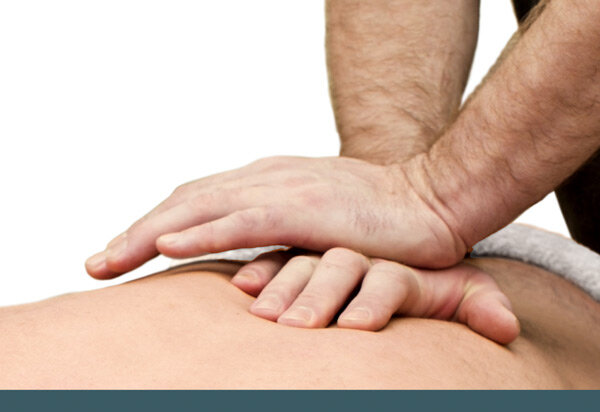 Obstetric anesthetics are often used to relieve pain during delivery, along with other modern medicines and techniques to keep both mom and baby safe throughout the birthing process.
Obstetric anesthetics are often used to relieve pain during delivery, along with other modern medicines and techniques to keep both mom and baby safe throughout the birthing process.
Women involved in a high-risk pregnancy are often not encouraged to attempt a natural birth. Pregnancies are typically categorized as being high-risk if the mother has a known medical condition that may interfere with the development or birth of the fetus, such as diabetes, a thyroid disorder, uterine fibroids, and more. Dedicated to Women ObGyn will be able to diagnose and routinely monitor these types of existing conditions all throughout the length of a woman’s pregnancy to help avoid any severe outcomes.
There are also a number of complications that can arise while a woman is in labor, making it critical for her to receive additional medical treatment and care in order to safely deliver her baby. These common labor complications include:
- Malposition
- Fetal distress
- Uterine rupture
- Perinatal asphyxia
- Excessive bleeding
- Failure to progress
- Shoulder dystocia
- Placenta previa
- Cephalopelvic disproportion
To learn more about the safety of your pregnancy and the potential of a natural delivery, please contact Dedicated to Women ObGyn to schedule a consultation with one of our specialists today!
As always if you have any further questions, please call Dedicated to Women ObGyn at (302) 674-0223 today!
Methods of natural pain relief in childbirth | State Budgetary Institution RO “OCSOS and R”
Every woman who is waiting for the birth of her baby, along with bright, joyful experiences, experiences fear. Fear of the unknown, fear of pain during childbirth. How strong will this pain be, how long will it last, is it possible to endure it. And she is also possessed by approximately such thoughts: how I will look and how I will behave, whether I will fall into hysterics, whether I will swear at the medical staff.
Fear of the unknown, fear of pain during childbirth. How strong will this pain be, how long will it last, is it possible to endure it. And she is also possessed by approximately such thoughts: how I will look and how I will behave, whether I will fall into hysterics, whether I will swear at the medical staff.
In response to these fears and worries, very effective methods of pain relief have emerged in obstetric practice in recent years. The most popular of these is epidural anesthesia , which completely relieves pain during the first stage of labor (the period when the cervix opens, often long and painful). And at the same time, there are many doctors and women in labor who believe that the process of childbirth should proceed as naturally as possible, and pain, since it is conceived by nature, has the right to exist.
To sort out these conflicting views, let's look at the scientific research on what pain is and what influences pain tolerance.
Today, there are a number of studies in medical science on pain and how people experience pain in different circumstances, what affects pain tolerance and how this can be used in medical practice.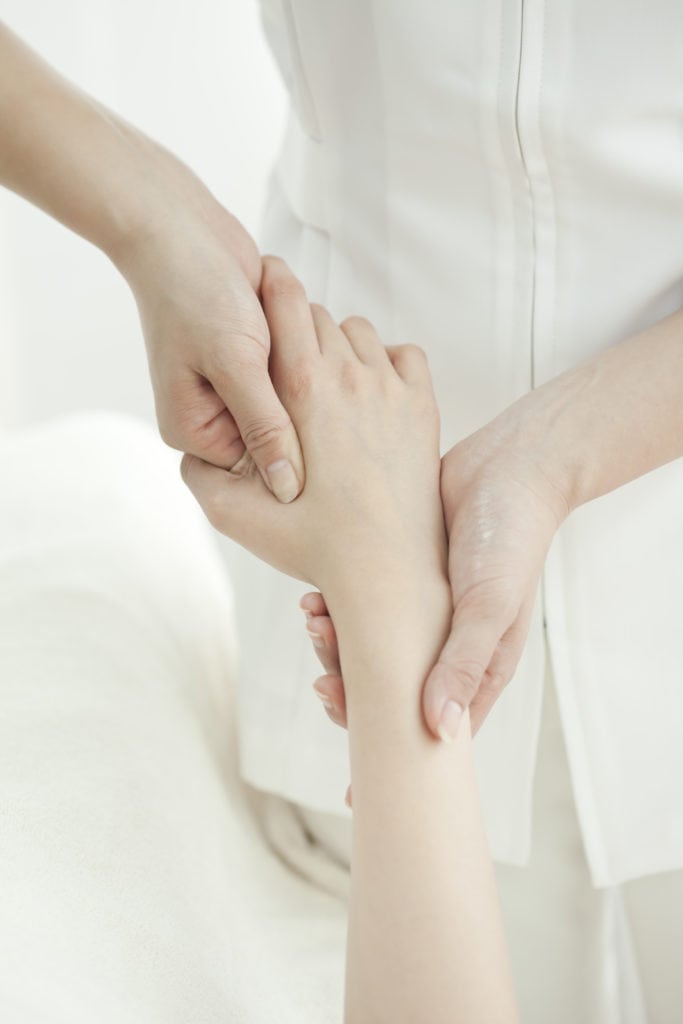
To investigate this issue, scientists turned to the experience of people who not only do not avoid pain in their lives, but, on the contrary, deliberately seek it. These were people involved in oriental martial arts, representatives of some religious movements, people striving for an ascetic lifestyle.
By investigating extraordinary cases of pain immunity in these people, scientists have deduced some patterns of pain management.
Thus, the intensity of pain depends on the following factors:
The purpose for which pain is experienced.
Pain is much easier to experience if the goal is self-improvement or the religious idea of saving the soul. Scientists believe that labor pain also has a great positive force, since its purpose is the birth of a child, unlike, for example, the pain experienced by a seriously ill person. Thus, it is very important what the thoughts of a person experiencing severe pain are directed to - whether he expects, as a result of personal spiritual growth, the birth of a new life, or, on the contrary, his own death. Based on this, it can be assumed that experiencing labor pain is much more difficult for those women who experience fear of their own death or loss of a child during childbirth.
Based on this, it can be assumed that experiencing labor pain is much more difficult for those women who experience fear of their own death or loss of a child during childbirth.
The intensity of pain is affected by the environment.
For example, if it is pain that a person forces himself to for the sake of religious beliefs, it is much easier for him to experience this pain in the presence of other believers who empathize with him and believe that this pain is necessary for the implementation of a high goal. So and during the birth of a child, surrounded by close people, it is much easier for a woman in labor to experience pain, because close people empathize with her and share her condition.
In Africa and Brazil, the ‘sledgehammer phenomenon’ is widely known: when the time comes for a woman to give birth, a man goes to bed, screams and complains. Ethnologists have found that this relieves a significant part of the mental and even physical stress of the woman in labor, and childbirth is easier.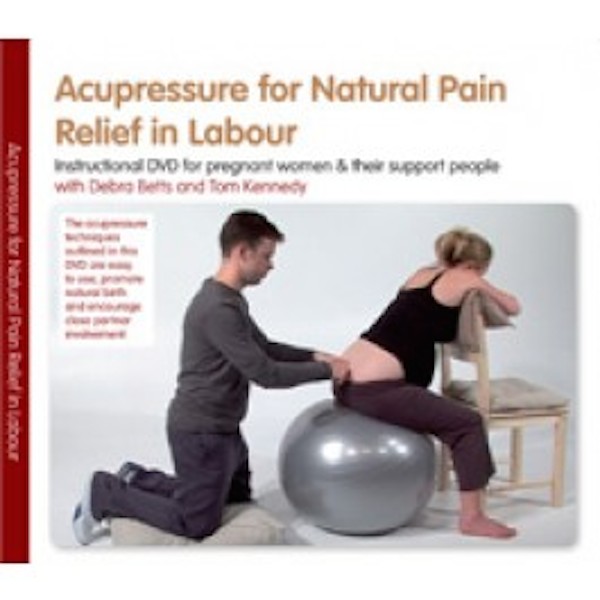
The degree of pain depends on the state of human consciousness.
Pain is much easier to bear when a person is not completely immersed in it, but is in a state of trance, meditation or prayer. It is known that women who are able to pray during childbirth experience them more easily.
Another factor influencing the experience of pain is the psychological readiness for its onset.
In other words, unexpected pain is always experienced as more intense. Some people - for example, martial artists - are able to change their physiological state before exposure to pain factors - their blood pressure rises in advance and their pulse quickens, and at the moment of a strong blow to the pain point, the pressure increased by this moment begins to decrease, and not jump sharply , as happens in case of an unexpected blow.
Women who prepare themselves for pain in advance and study various methods of pain relief on special crucibles are also in an advantageous position during labor pain. And even if they do not have to put their knowledge into practice, the very confidence that they are ready and know how to behave during childbirth greatly relieves the pain. And vice versa, the most painful, painful memories of childbirth remain with women who turned out to be completely unprepared for them.
And even if they do not have to put their knowledge into practice, the very confidence that they are ready and know how to behave during childbirth greatly relieves the pain. And vice versa, the most painful, painful memories of childbirth remain with women who turned out to be completely unprepared for them.
There are countries, and these are by no means third world countries, where women give birth in conditions close to natural, for example, Holland, where childbirth is fundamentally not anesthetized, and epidural anesthesia is used only in case of caesarean section. And this does not mean at all that a woman is forced to suffer - no, they simply create certain conditions for her: the atmosphere of the birth is close to home, the presence of close people of the woman in labor is encouraged, the midwife who observed the woman during childbirth can be present and take part in them. pregnancy, which means that a woman trusts. In addition, the woman in labor is encouraged to use natural methods of anesthesia (breathing and voice techniques, relaxation method), water is widely used for the same purposes (showers, baths, pools).
As for Russia (including Novosibirsk), today a different approach to anesthesia is very common: for a certain amount, a woman in labor can receive epidural anesthesia in any maternity hospital.
If a woman wants to give birth naturally, she needs to take care in advance, during pregnancy, sign up for courses where she (and her husband) will be taught natural methods of pain relief. Unfortunately, now it is not necessary to expect that a midwife or a doctor in the maternity hospital will give a woman an anesthetic massage or breathe with her during labor, so the presence of a husband or other close person (mother, sister or close friend) at the birth is becoming more and more relevant. The fact is that even the most prepared woman in a stressful situation can forget everything that she studied during pregnancy, and in this case, a loved one who was preparing for childbirth with her will help her remember what she needed.
What methods of natural (non-drug) pain relief are offered to a woman in labor today?
Relaxation.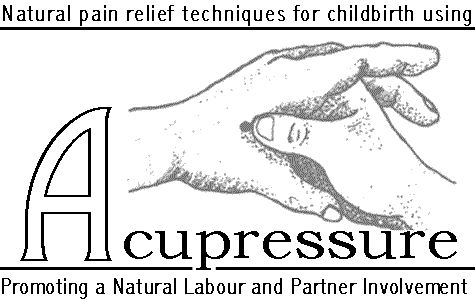
This method was proposed back in the thirties of the last century by the famous English obstetrician Grantley Dick-Read. G. Dick-Read's wife, Jessica, helped bring the idea of painless, natural childbirth to life by organizing prenatal classes where expectant mothers could prepare for childbirth in small groups. One of the main skills taught in these courses was the relaxation technique, because, according to Dick-Read, relaxation is the key to calmness in childbirth.
Relaxation is a state of the body when the muscle tone of the whole body is reduced to a minimum. The ability of a woman to relax during contractions renders her an invaluable service, because the pain always increases with tension and decreases significantly with a decrease in muscle tone.
There are many different ways to relax, which you can learn about in courses or in specialist literature. A description of the method used by Dick-Read himself is in his book Childbirth Without Fear.
Respiratory methods of anesthesia.
In principle, all breathing practices used in childbirth lead to the same decrease in muscle tone, to relaxation.
The first method of pain relief offers to train the ability to breathe slowly. So, if a person normally takes 16 breaths and exhalations per minute, women are invited to learn how to do only 8 breaths and exhalations, and the breaths should be small and the exhalations should be long. During childbirth, a woman will breathe like this only during the contraction, after it ends - normal breathing.
The second method of anesthesia suggests the following: imagine that you have a feather in front of your lips, and you need to make a series of short exhalations with such force that the feather does not fly away. After exhaling, you take a small breath and repeat the series again (it can be 4, 6 or 8 exhalations). This breathing also helps to stay relaxed during the fight and not focus on the pain.
The third method of pain relief is suitable for well-trained women - it suggests not breathing at all during the contraction, and after it is over, go to normal breathing.
Voice practices.
These practices are usually taught in pregnancy courses. If we try to describe this method in words, then we can say that a woman is invited to sing her pain, sending a sound to the place of its greatest concentration. The sound should be long, on the exhale, while singing, you do not need to inhale often. I would like to note that singing pain has nothing to do with cries for help.
Pain relief massage.
Acupressure or general massage of the sacrum, buttocks and thighs often relieves pain.
Anesthesia with warm water.
It is very good if during the contractions a woman will have the opportunity to spend some time in a warm bath, or at least stand or sit under the shower, directing a jet of warm water to the sacrum during the contraction. The necessary conditions for this have already been created in many Russian maternity hospitals.
Trance techniques.
A number of experts believe that a woman does not need to relax or breathe in a special way, but during a contraction she needs to concentrate on certain images that contribute to the connection between her and her child in a single birth process.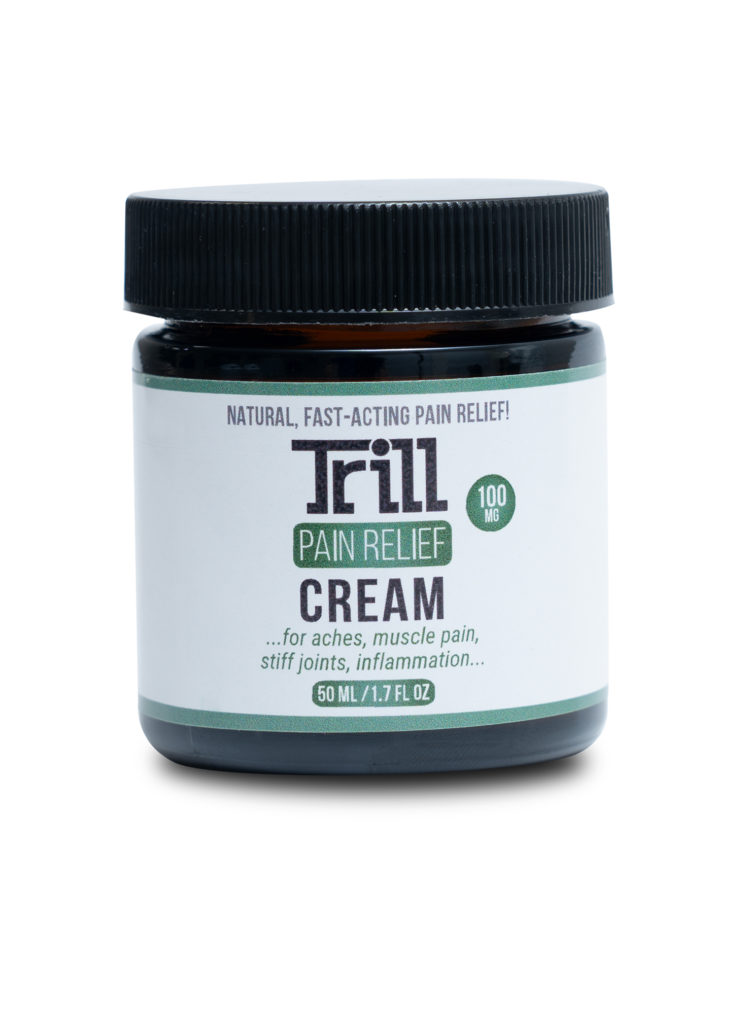 For example, a woman is invited to imagine the cervix as a thousand-petalled bud and during each contraction, open this flower one petal at a time. Another trance technique invites a woman in labor to imagine herself emerging from a very deep lake with a baby in her arms during a fight. Specialists who prepare women for such childbirth note significant pain relief.
For example, a woman is invited to imagine the cervix as a thousand-petalled bud and during each contraction, open this flower one petal at a time. Another trance technique invites a woman in labor to imagine herself emerging from a very deep lake with a baby in her arms during a fight. Specialists who prepare women for such childbirth note significant pain relief.
In conclusion, I would like to wish every woman who is about to give birth to a child to make her choice regarding labor pain in advance. But even if before childbirth you decided to give birth naturally, and during them you encountered unbearable pain, use medical methods, and vice versa, if you have definitely decided that you will give birth under epidural anesthesia, give yourself at least a little experience of the sensations that you have prepared for you nature. In any case, I wish you and your baby a happy birth!
PAIN RELIEF DURING BIRTH: METHODS AND CONSEQUENCES
Despite its naturalness, childbirth is a painful process.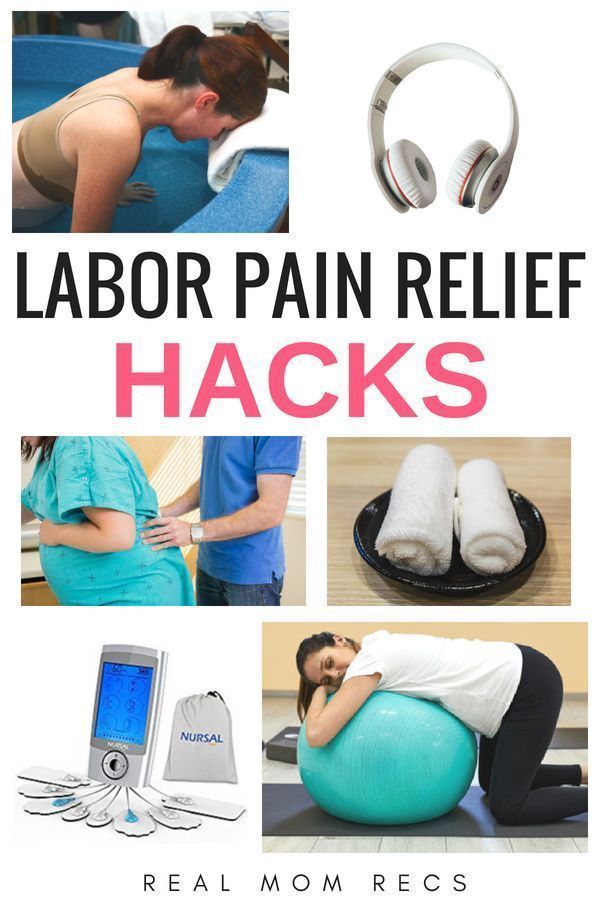 At the same time, each woman perceives pain differently. And if one woman in labor does not ask the medical staff for appropriate assistance, then another may need it. In special cases, doctors resort to methods of anesthesia.
At the same time, each woman perceives pain differently. And if one woman in labor does not ask the medical staff for appropriate assistance, then another may need it. In special cases, doctors resort to methods of anesthesia.
Indications for anesthesia of the labor process
Relief of labor pains for women is indicated in the presence of the following deviations:
- cervical dystocia;
- hypertension;
- preeclampsia;
- diabetes mellitus;
- preeclampsia;
- high blood pressure;
- young age of the expectant mother;
- disorders of cardiovascular activity.
Pain should be administered with the fetus in the gluteal position and its large size. The event relieves pain and relieves a woman of fear and emotional stress.
As for the methods of pain relief, their totality is:
non-drug methods - deep breathing, physiotherapy, acupuncture, the use of psychological techniques to distract from pain;
medicinal methods - the use of drugs that reduce the degree of pain;
epidural anesthesia is the most effective method of pain relief.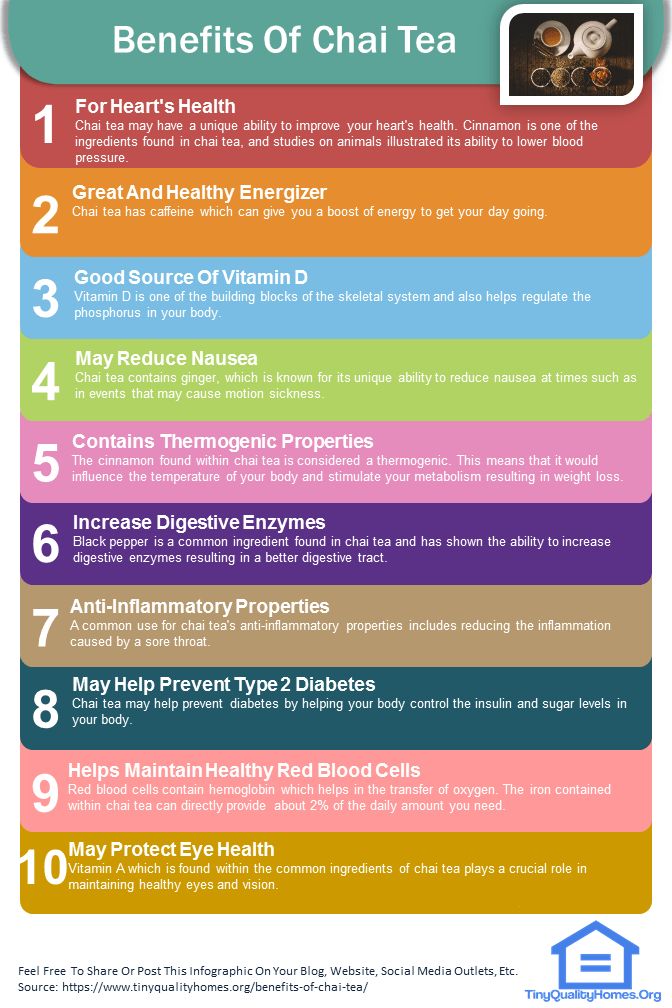 Drug injections are administered between the 3rd and 4th lumbar vertebrae. In another way, the method is called regional analgesia.
Drug injections are administered between the 3rd and 4th lumbar vertebrae. In another way, the method is called regional analgesia.
Should I anesthetize delivery?
The benefits of anesthesia as a medical procedure are obvious - it reduces pain, relieves stress in the female body and prevents fetal hypoxia. But like any intervention in the natural process, pain relief can cause some side effects in the condition of the mother and child. Although they are temporary, their appearance still negatively affects the psyche of a woman. Therefore, it is necessary to anesthetize childbirth only according to indications.
When the fetus suffers from hypoxia or the woman is suffering from severe labor pains, the benefits of pain relief far outweigh the risks of side effects. But in the normal course of the process, it is better to do without facilitating manipulations. When deciding on their necessity, the specialist must compare the possible risks, and then choose the option in which the adverse consequences will be minimal for both parties.

